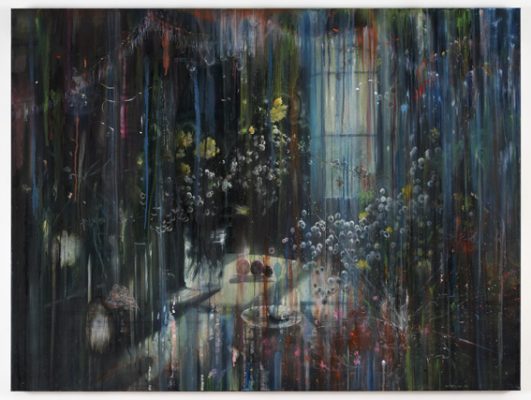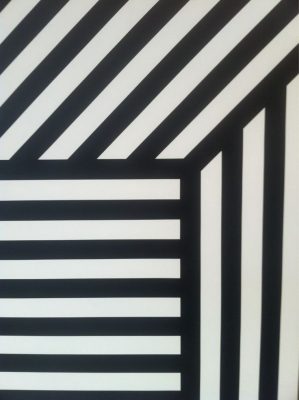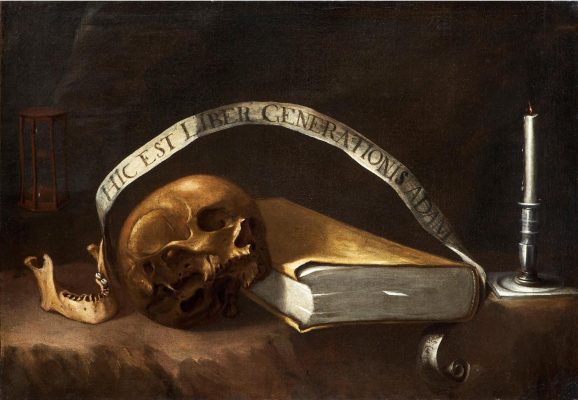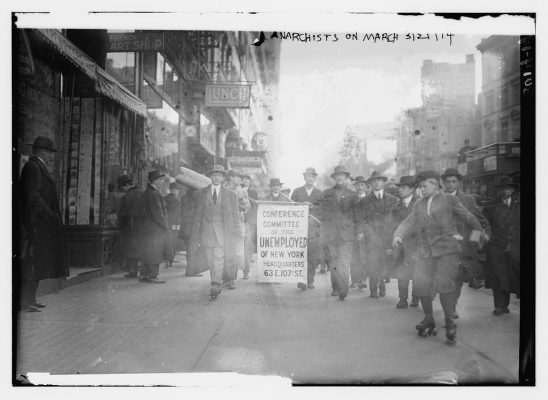Time, memory, the landscape of the mind, manifestation and metamorphosis, resurgence and collapse and the crisp crust of Sicilian pastry: all elements of the paintings, drawings, sculptures and installations of Manfredi Beninati.
Based in Palermo, Manfredi started working as a contemporary artist in 2000 after a three year stint as a film director’s assistant. He has fostered a love for cinematography since his youth, when he often missed school after staying up all night to watch films.
In 2005 he represented Italy at the 51st Venice Biennale, at which he was awarded the audience prize. His ‘Diecembre 2039’ exhibition at the Max Wigram gallery presented a series of large-scale drawings of his close family: his mother, his girlfriend, his son and his brother, who has since passed away. Accompanying sculptures picked out and developed motifs from the drawings.
There is in Beninati’s work a manifest tension between serenity and anxiety. The works have an emotional power which harks back to the landscape of memory that links our childhood, adolescence and present.




